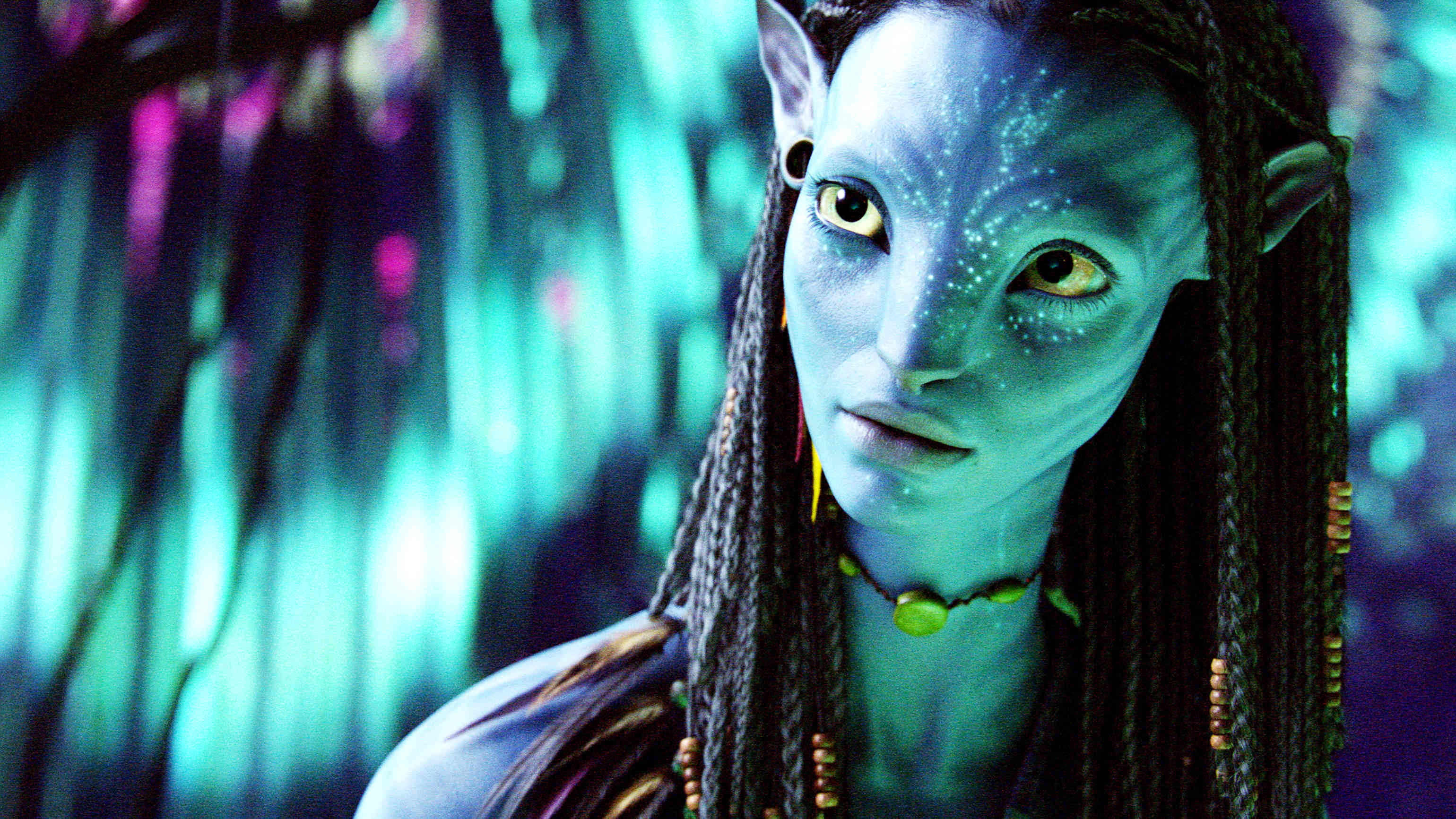

As the years have passed, movie creators have seemingly become more and more dependent on CGI as a tool for filmmaking. CGI has only been truly used in movies for a little over 50 years, as Westworld (1973) was the first full-length film to utilize CGI. The technology slowly gained traction from that point, increasing even more in the early 2000s. Other early, influential movies using CGI were Star Wars: A New Hope, Tron (1982), Indiana Jones and the Last Crusade, and Toy Story. CGI was experimental and fresh at the time—now, it’s difficult to picture a movie without it.
CGI can be a wonderful tool for movies and can be taken advantage of in a very effective and creative way. CGI can help directors do more with their stories, as CGI can create realistic settings and effects that might be otherwise impossible without the technology. A setting on a different planet, or in a fantasy world with humanoid creatures, is much more doable with CGI, making the fantastical elements of a movie believable and integrating the viewer into the story.
Some films with strong CGI effects and usage are Pirates of the Caribbean, Avatar, The Matrix, Avengers: Endgame, and Dune. The character of Davy Jones in Pirates of the Caribbean is part human, part octopus (because he neglected his duties as captain of the Flying Dutchman, he started to morph from a man to a creature) and his character is complete with a beard of tentacles instead of hair. The effects of his appearance are extremely well done and are overall successful in creating him as an intimidating villain for the film. Avengers: Endgame was a movie unlike any that had come before it—and it still holds up to this day. This huge achievement would not have been possible without an abundance of CGI. One of the greatest moments in the movie occurs when dozens of familiar characters walk (or fly, in some cases) through Doctor Strange’s portals. Nearly every character has their own necessary CGI effect—from Wanda’s powers to Peter Parker’s suit—and even the portals were created with CGI. This technology was needed to develop an impressive and powerful scene, and the movie wouldn’t have been possible without it.
However, despite the many benefits of CGI, there are some drawbacks. When CGI isn’t high enough quality, it can quickly draw a moviegoer out of the film. Movies like Cats, Doctor Strange in the Multiverse of Madness, Green Lantern, and Ms. Marvel all had off-putting elements of CGI in each feature. The cat’s bodies, Doctor Strange’s third eye, Green Lantern’s suit, and Ms. Marvel’s powers were all weak elements of the respective films, causing these movies not to perform as well as they could have. Along with the risk of poor effects, a movie can become too reliant on this technology. While certain parts could be created with practical effects, it’s often the case now that CGI will be used instead of a practical alternative. For example, in The Twilight Saga: Breaking Dawn – Part 2, Bella’s child was created with CGI instead of simply having a baby on set.
Some directors and movies, however, are unique regarding this trend. Directors like James Cameron utilize CGI in a new and creative way, as seen with his films Avatar and Avatar: The Way of Water. Both movies in this series use a combination of practical effects and CGI, along with utilizing the actual facial expressions and movements of all of the actors, to create a more immersive and realistic experience. Other films make it a point to use practical effects instead of CGI. Tom Cruise, when producing Top Gun: Maverick, wanted the flight scenes to be real, with the actors flying the planes. So the cast undertook a three-month-long “boot camp” to avoid relying on CGI.
Overall, the movie industry has seen an insurgence in the use of CGI in films. While the technology has multiple uses and benefits, becoming too reliant on it can also have its pitfalls. Hopefully, in the future, producers and directors will be able to balance practical effects with CGI to create a combination of the two techniques.
